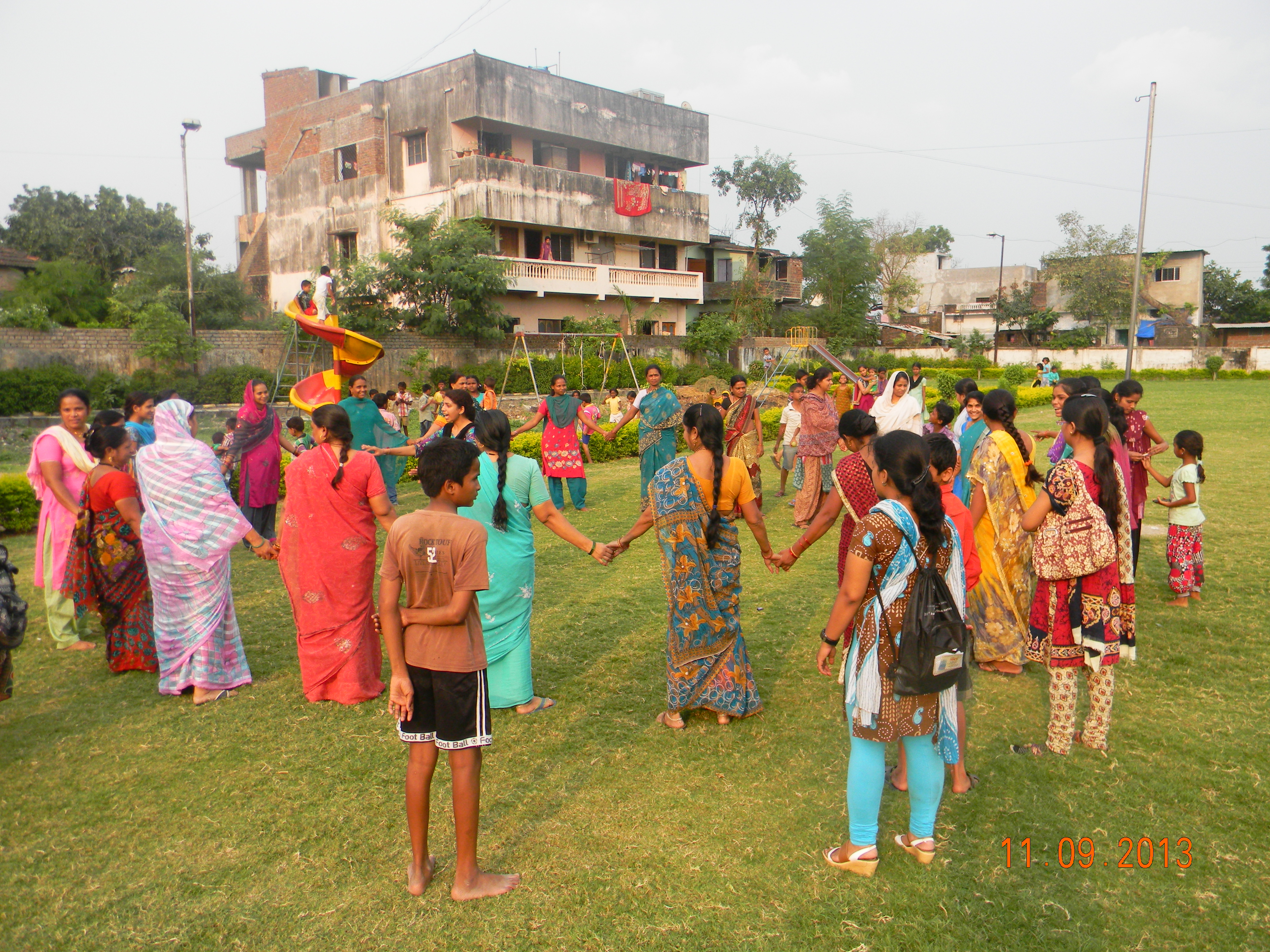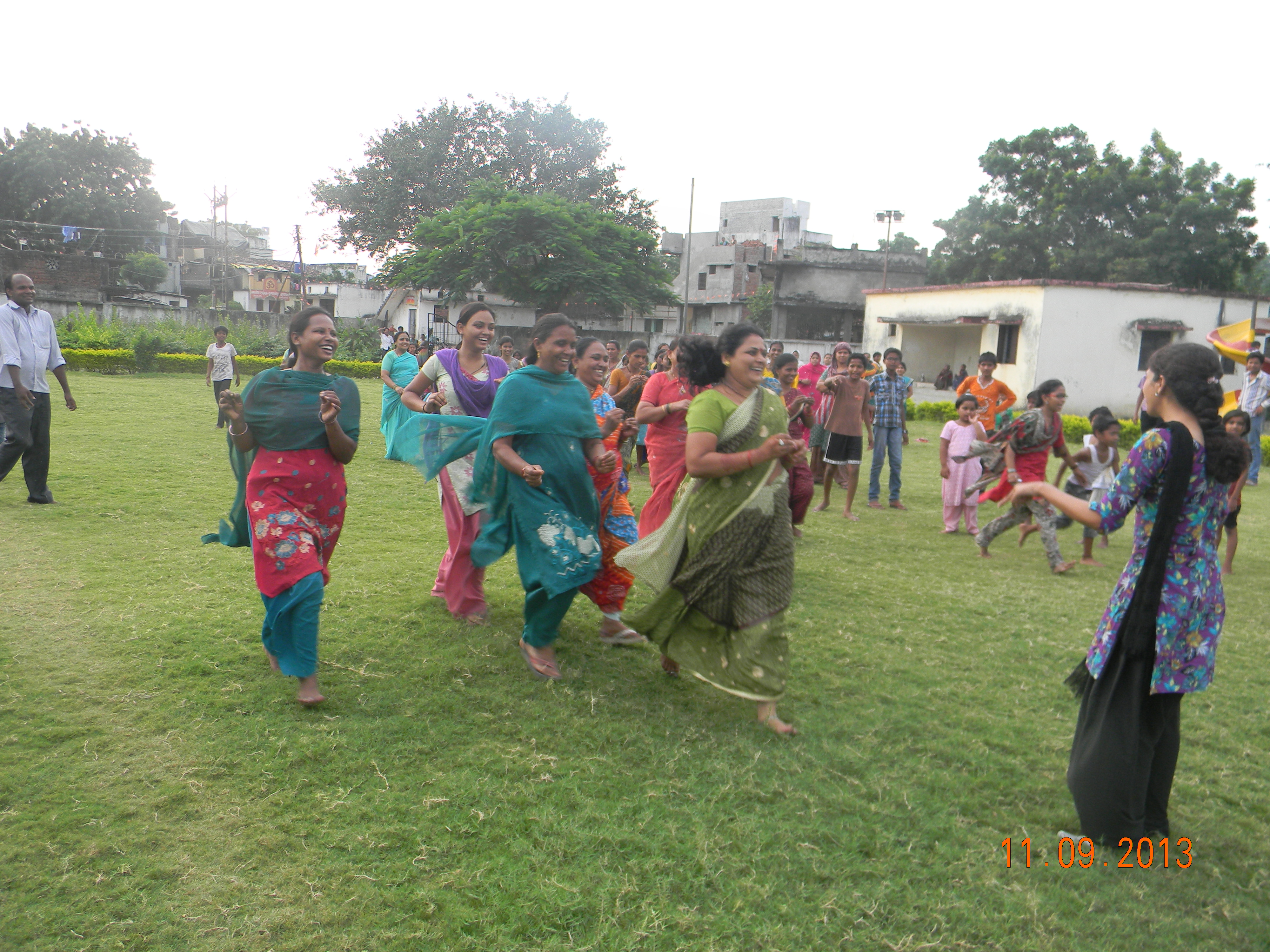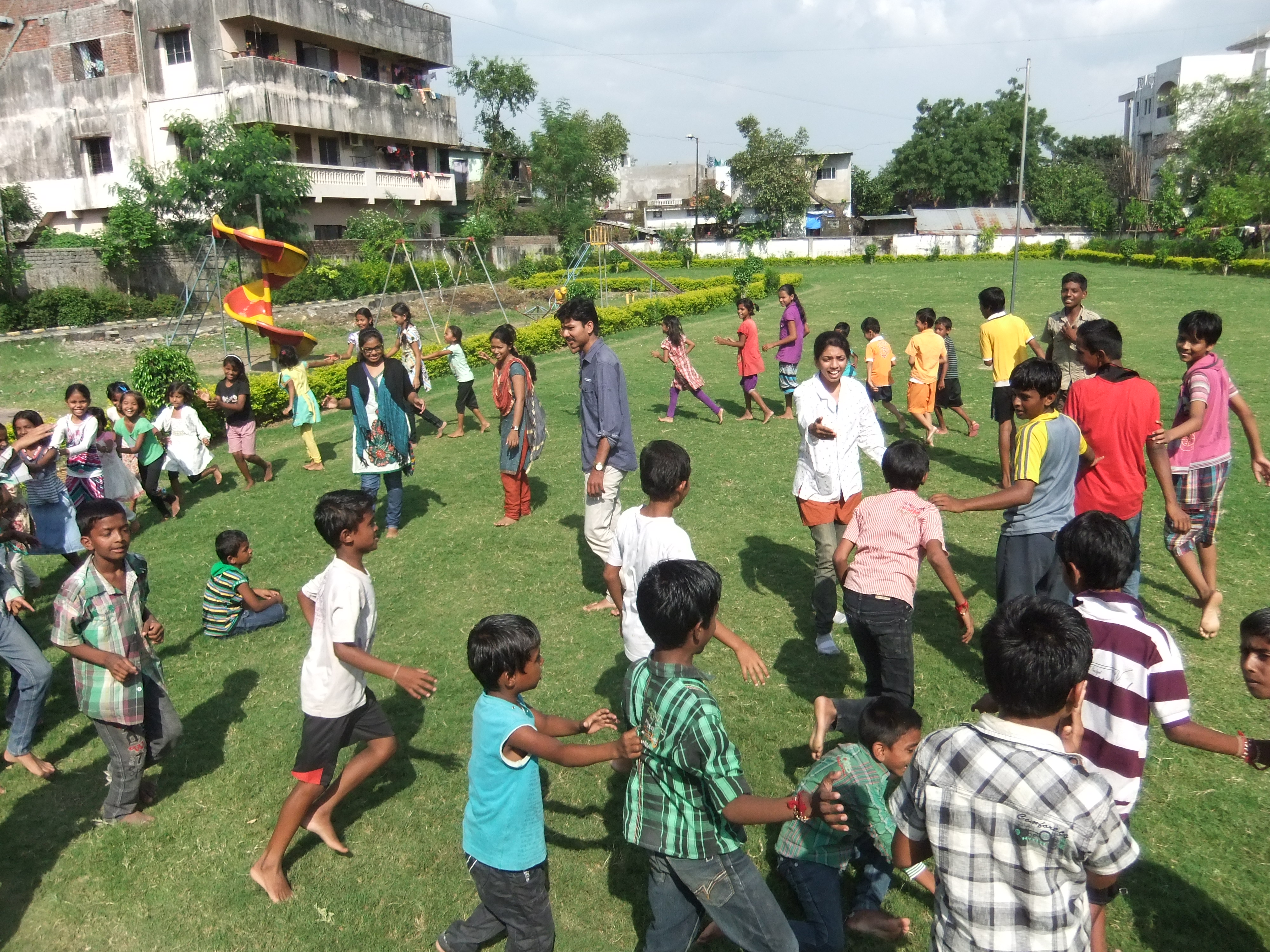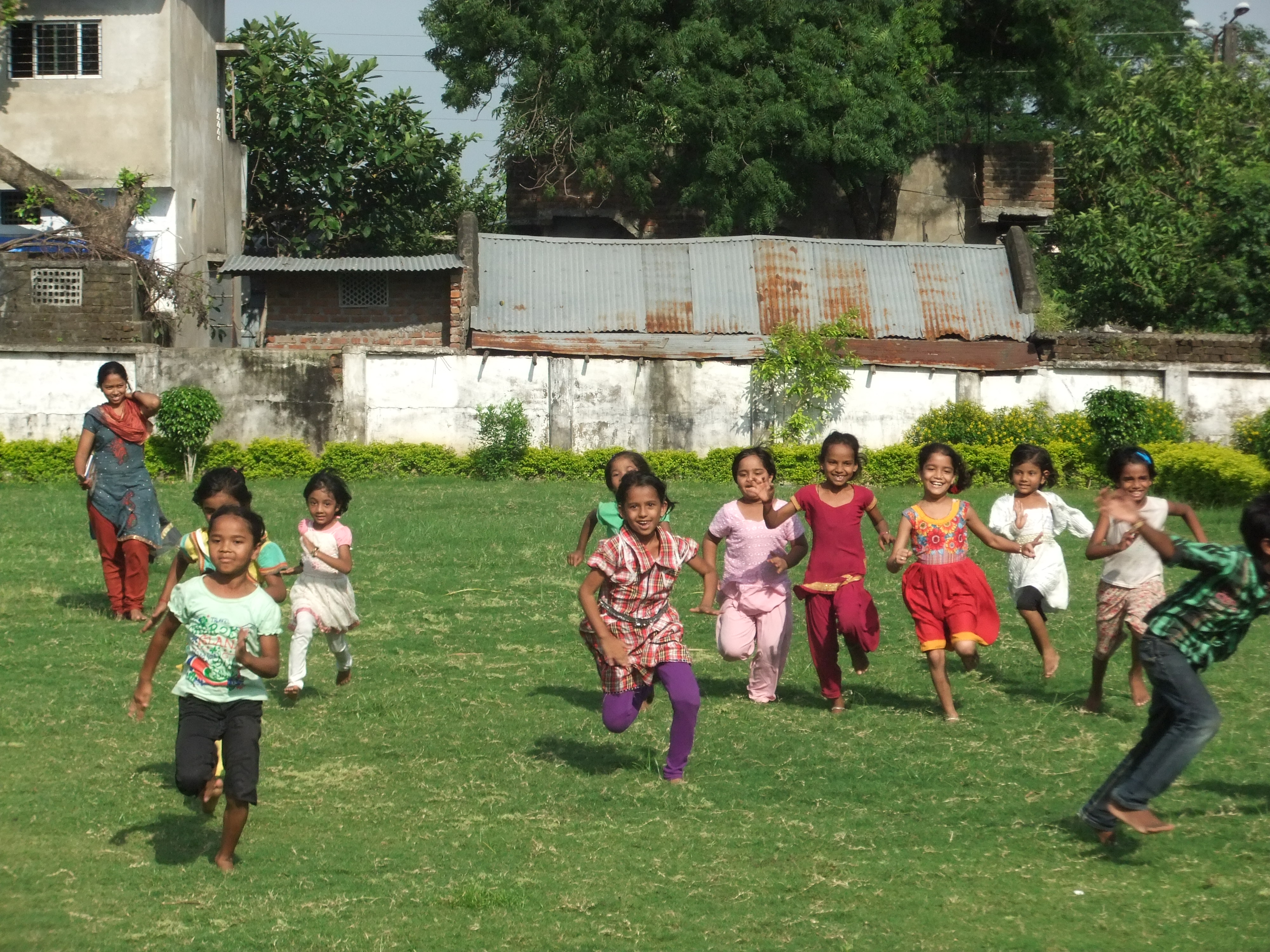COMMUNITY RECLAIMS PUBLIC SPACE FROM ANTISOCIAL ELEMENTS
Creating safe and inclusive public spaces

Parks are public spaces meant for relaxation, get-togethers, exercises and games, etc. These are spaces that bring together people from different caste, communities, gender, age groups, and abilities. They serve as social and cultural unifiers in a society which is otherwise divided across many lines. This document narrates the work of ESAF in reclaiming a community park which turned out to be a hub for anti-social activities making it unsafe for women and children. ESAF is an NGO with its presence in 11 states of India. ESAF has worked towards reclaiming public spaces and creating inclusive and accessible built environments.
In the city of Nagpur in central India, parks are well-maintained but hardly used by the people. There are various socio-cultural reasons specific to the locality around which the park is situated for the less footfall. In this particular case, the park turned out to be a den for anti-social activities as it was left unused by the people. The people from higher-income communities did not use this park as it was situated close to a poor neighbourhood. While people from the poorer neighbourhood were unaware of their right to use a public park!
The challenge before ESAF was to engage the communities to act in cohesion and reclaim the space. It meant breaking down the class barrier. However, another challenge was to convert the public space to a safe spot and end the rampant unlawful activities.
With these goals in mind, ESAF started engaging with the communities by identifying women Self Help Group members residing close to the park. A walking club was formed with these members. In our effort to sensitize them to use these public spaces, we organised programmes for women and children in the park at specific timings.
However, some residents in the area hesitated from using the park due to the antisocial activities that were happening in the park. Violators used to come in batches and drink alcohol and engage in other unlawful activities in the park. Even after the local community intervened in this matter, they were not willing to stop. As our efforts to raise the issue with the government officials also did not yield any result, we decided to have regular activities for women and children in the park.
With community engagement and sensitisation, we designed programmes for children every evening. This led the violators to shift their activities to another time of the day. With half the battle already won, we developed a strategy by roping seniors from the community to guard the premises so that women and children can be safe. Many women and senior citizens came forward to offer their services throughout the day. This ensured the park was safe throughout the day for women and children to use.
As people started to come regularly, the park became a thriving place. Those who indulged in unlawful activities could not continue any more. The park became a space of social cohesion. It was a safe spot for women, children, senior citizens, people with disabilities. In a matter of a few months, the community reclaimed the park for themselves.


